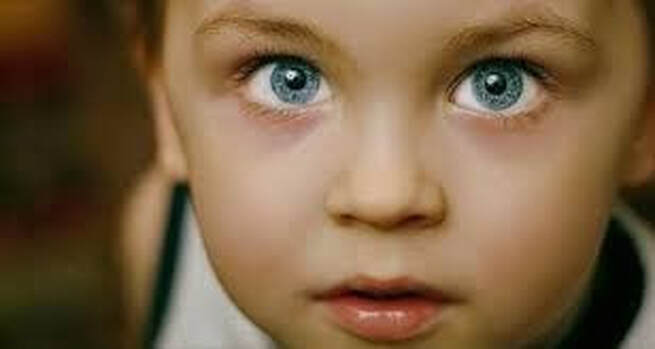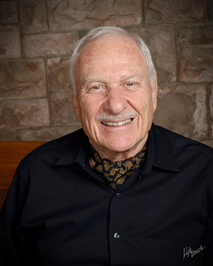- Home
- About
-
Books
- Wisdom for Living: learning to follow your inner guidance
- Terranautics 101: the basics for navigating an uncertain future
- Living in the Power Zone: How Right Use of Power Can Transform Your Relationships
- stories i remember: my pilgrimage to wisdom
- wising up: a youth guide to good living
- wisdom: daily reflections for a new era
- a world treasury of folk wisdom
- Blog
- Other Services
|
A lot of the New Age ideas that were bandied about in the ‘60s and thereafter were strange, to say the least. Unlike too many of the current conspiracy theories, however, they tended not to be dangerous. Some, to be sure, were just plain crazy. But a few made sense to me. One of the latter is the subject of this week’s blog: The Indigo Children. Per Wikipedia, “Indigo children, according to a pseudoscientific New Age concept,… are children who are believed to possess special, unusual, and sometimes supernatural traits or abilities…. The idea is based on concepts developed in the 1970s by Nancy Ann Tappe, … who claimed to have been noticing indigo children beginning in the late 1960s.… Her ideas were further developed by Lee Carroll and Jan Tober.” These ideas were then presented and worked out in several books. As I understand the concept, nonhuman nature—the plants, trees, and animals—complained to the Universe that the two-leggeds—us—were going to take the planet down and all of them with it. They had done nothing wrong and were simply living according to their hard-wired natures in ways that, far from harming Mother Earth, were perpetuating Her. “You’ve got to do something,” they shouted in a chorus to the Almighty. The response came, “Look. It was an experiment. I gave them free will, and now I can’t interfere with what they are doing.” “Yes,” replied the innocent supplicants, “but surely YOU can do something.” “Hmm,” came the response. “You’re right. There is something I can do that won’t compromise the humans’ free will. I can see to it that the souls being attracted to incarnation are of a higher, finer nature than those that have arrived on Earth up to now. When these special babies grow up, they will be more in tune with the needs of each other and the world. And as a result, Plant Earth will not be compromised again as in the days of the Great Flood.”
When I attended the World Congress of Youth in Morocco in 2003, with perhaps 500 teenagers from more than 100 countries, I was struck by their openness, earnestness, and dedication to creating a better world. They also seemed comfortable with adults and able to interact with us with ease—I was a chaperon for the Hawai`i youth delegation of 14. It was almost as if our age difference and various nationalities and backgrounds did not exist. We were all just fellow human beings. One young women, from Ireland if memory serves, actually began talking with me and some other older people about this very topic, the Indigo Children. I was reminded of it again last Friday when we went to the art opening of a lovely young woman in her 20s and found ourselves conversing with two of her friends. Both also in their 20s, one was English and other American. I suddenly had the same feeling as when I was at that conference nearly 20 years ago in Morocco. The English one asked me, out of nowhere, what I thought about innocence. Then, suddenly, the topic of the Indigo children emerged. Later that night I was reminded of William Faulkner’s short novel, Intruder in the Dust, where the women and children, not the men, were the ones who saved the day. I also thought, how did the Renaissance mysteriously emerge from the Dark Ages? In these days of autocrats, repression of all kinds, and wars, may this woo-woo idea of specially gifted young people turn out to be true.
0 Comments
Leave a Reply. |
|

